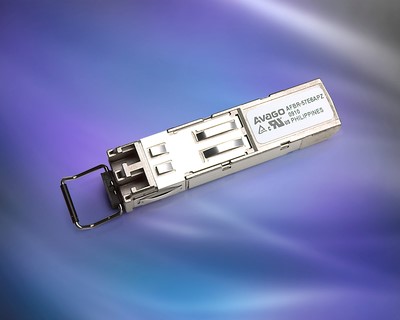Ethernet is not going away for the foreseeable future. While older communications schemes have come and gone, Ethernet has persevered. Partly because the hardware for synchronizing, framing, and transporting data at the physical layer just keeps getting better and better.
While copper led the way and continues to be the solution of choice for lower-cost and less-demanding infrastructures, it falls short of the needs of industrial facilities. While twisted-pair differential signaling is fairly good at rejecting some common mode noise, most Ethernet CAT cabling is unshielded, making it more susceptible to ESD and high levels of EMI and RFI created by big and powerful motors, solenoids, and switched loads.
Wireless technology too suffers from degraded performance in the presence of high noise. Missing control packets or data packets can delay machines and slow down performance, and, even dangerous situations can occur when big machines are being coordinated and controlled remotely.
Here is where fiber optics really shines. With immunity to arcs, sparks, RF fields, short circuits, and hacking, fiber is the perfect way to assure a noise-free signal gets from point A to point B.
Connectivity for Connectivity
What really makes both copper and fiber Ethernet so widely deployed is the simple plug-and-go connector options. With wired networks, modular RJ connectors are small, low cost, and can be pressed in the field. With fiber optics, it is the small-form-factor pluggable module standards that simplify the connections for connectivity.
This allows the use of well-engineered layer-3 routers and layer-2 switch ICs in the racks and server nodes to do all the traffic management, and allows pure noise-free fiber everywhere else. Another benefit to standardized modular fiber-optic modules is that the infrastructure becomes scalable and can grow to faster data rates as the industry introduces higher-speed form-factor compatible upgrades.
But unlike passive copper connectors, fiber-optic pluggable modules are active and can concentrate a lot of power in small rack panels. This can be an issue.
Fortunately, innovators like Avago are tackling this as they reduce power consumption on the SFP modules. New parts like the AFBR-57E6APZ takes advantage of a next-generation transceiver chip set internally to yield a 42 percent reduction in power without sacrificing any performance (see Fig. 1).

Supporting data rates up to 125 Mbits/sec, the new Avago SPF FDDI and Fast Ethernet standard modules use 42 percent less power without sacrificing performance.
An Overview reveals the improved internal controller chip monitors in real time the transmit power of the 1310 nm InGaAsP LED which is packaged in the optical subassembly. Current monitoring is performed by an internal digital diagnostic interface which combines real-time temperature, current, and power, to significantly reduce the need for so much operating current.
The digital diagnostic interface also monitors the average power of the received signal from the PIN photodiode in the optical sub assembly. Rx squelch is activated to help reduce power when low-signal thresholds are not met.
Operating with both 50/125 and 62.5/125 um multimode fibers at distances up to 2 Kilometers, the –40 to +85 degree rated 3.3 volt transceivers are hot pluggable and fully compatible and compliant with 100Base-FX version of the IEEE802.3u specification, as well as FDDI. Differential PECL interfaces take advantage of internal coupling capacitor to reduce parts count and solution footprints. The metal-shielded design both protects circuitry form noise, and helps dissipate any heat on these cooler running modules.
Advertisement
Learn more about Electronic Products Magazine





